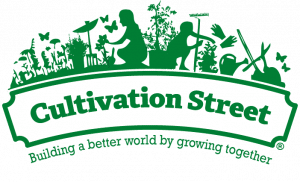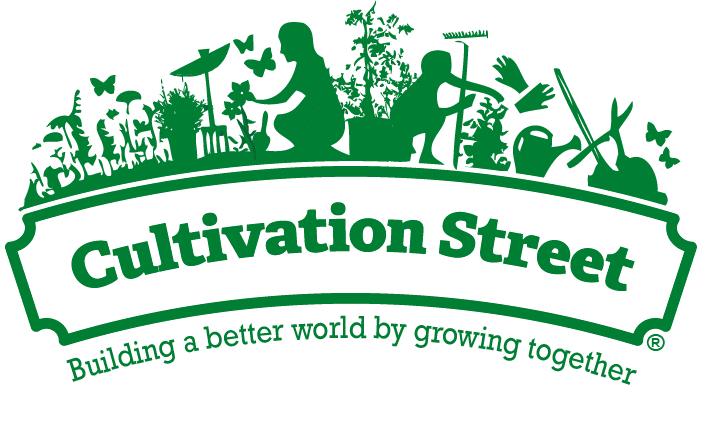How to help the bees
In the UK alone there are about 70 species of bees that help to pollinate. Without them, we can kiss some of our favourite foods goodbye! Help bring a buzz to your school and community garden, by introducing bee-friendly features.

It’s always a great day when you hear the low gentle hum, and spot the soft, round, striped bodies bumbling around the garden, from flower to flower. But bees do a lot more than just bring a smile to the bee-holder (sorry).
They really are the bee's knees! In fact, their tiny knees help to support our entire ecosystem. So, how do bees help us, and why are they so important?
Why are bees so important?
Our food.

Livestock's food.

The Ecosystem.
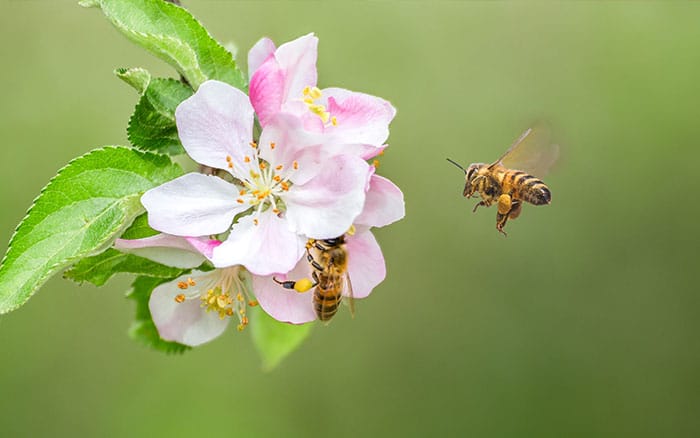
In the UK alone, around 70 crops benefit from bee pollination. And whilst bees are not the only pollinators, they pollinate on a considerably bigger, and more efficient, scale.
Onions, cucumbers, and blueberries are just a few of the crops that rely on bees. Simply put, without bees, the world would be a less delicious place.
Bees are responsible for pollinating our livestock’s food.
With less food for livestock, we’re going to start seeing less meat, dairy, and egg products. That’s a huge part of our diets and economy.
Without bees, it wouldn’t take long for our ecosystem to collapse.
Bees pollinate wild trees and flowers. These are food and homes for other essential insects. And these insects, in turn, are other birds, bats and mammals’ dinner. They really are the bee-all-and end all of the food chain!
Why should we worry about bees?

Sadly, our bees are on the decline. Due to urban development and intensive farming, pollinator-friendly habitats are getting harder to find. In fact, since the second world war, we’ve lost 97% of our wildflower meadows.
Global warming is also taking its toll. The warmer temperatures affect bees' hibernating periods, as well as the growth of their essential food.
The great news is that there are lots of ways you can help bees, and they’re all super simple!
How can we help the bees?
Plant bee-friendly flowers.
There are a few factors to consider when choosing the best, bee-friendly plants:
Grow single, open flowers.
This way, the bees can see and access the central part of the flower easily. Double flowers are a cryptic maze for bees, with so many petals they can’t actually access the pollen!

Grow purple flowers.
Did you know that bees can see purple more clearly than any other colour? This is partly why bees are big fans of lavender, alliums, and catmint. That being said, they like other colours too.

Grow flowers for all year round.
Make sure you choose an array of plants that flower at different points in the year. Remember, different bees are active at different times of the year. It’s a good idea to aim for at least two pollen-rich plants that flower during winter. Here’s some pollen-rich inspiration for every season:

Spring: Primroses and Rhododendrons
Early Summer: Foxglove and Hollyhock
Late Summer: Lavender and Ivy
Winter: Winter honeysuckle and winter clematis
Provide water for your pollinators.

Bees need water just as much as we do! Buzzing around can be thirsty work. Plus, they also use water for keeping the hive cool, feeding developing larvae, and diluting their own honey. Why not help them out by creating a water station for them in your school or community garden?
Bird baths make an excellent water station. They’re shallow and lipped, so there’s little chance of a bee getting stuck. As bees can’t swim, it’s a good idea to add some stones and pebbles as little perches.
Build a bee hotel.
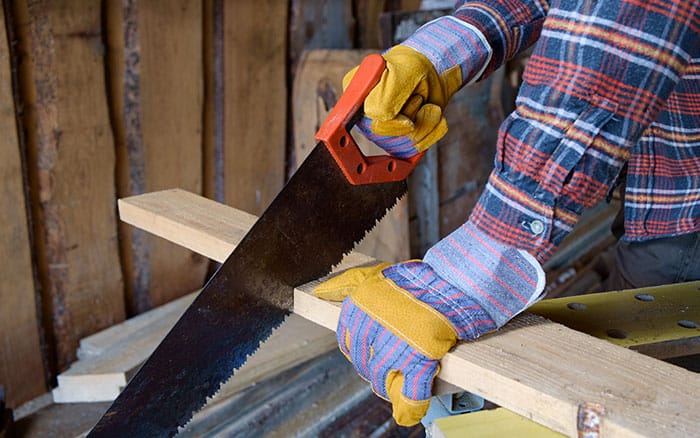
Step one
Grab a plank of untreated wood, at least 10 cm wide. Cut this into five pieces, three of which are the same size. These will form the frame of the 'bee & bee'.
The remaining two pieces will be slightly different lengths. These will form the roof.
Step two
Drill some guide holes for the screws to slot in, and assemble the frame.

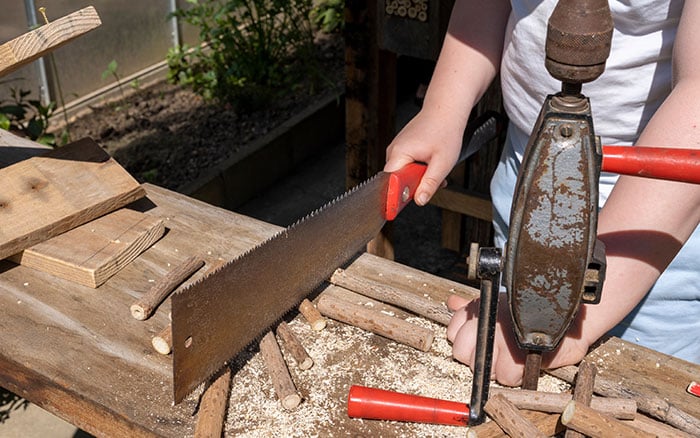
Step three
Next, gather some steams, reeds, and canes. Ensure they’re the right depth for your frame, using a saw or secateurs for alterations.
Step four
Load the frame with your canes, reeds, and stems, fitting them in until they’re tightly packed.
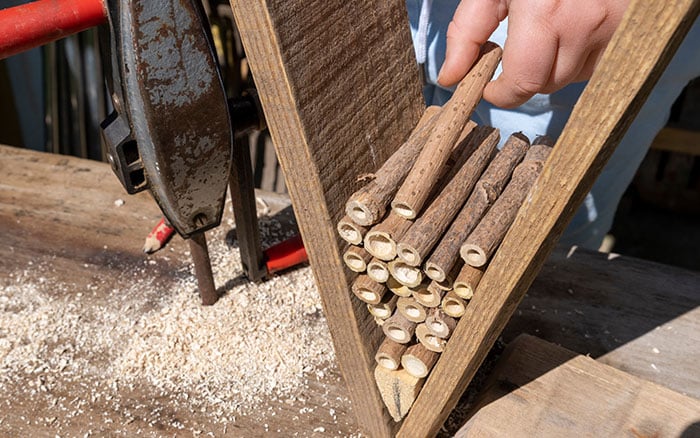
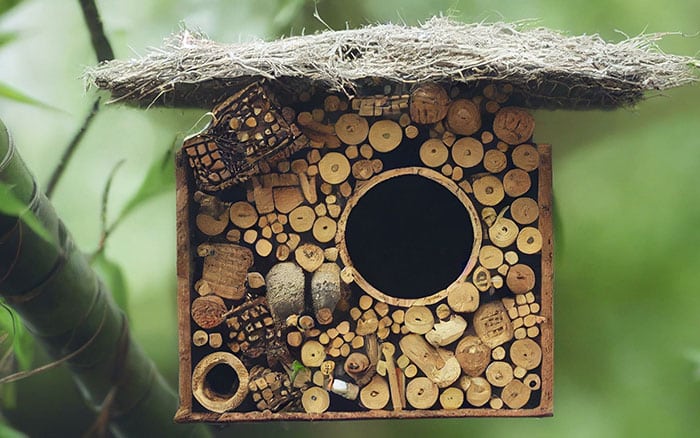
Step five
Attach a mirror fixing to the back of your frame. Make sure to position your bee & bee in a south-facing, sunny spot, that’s sheltered from any rain.
These are just some of the ways you can create a buzz around your school or community garden. And remember, it’s definitely worth it. By helping the bees, you’re helping the world keep on turning!
